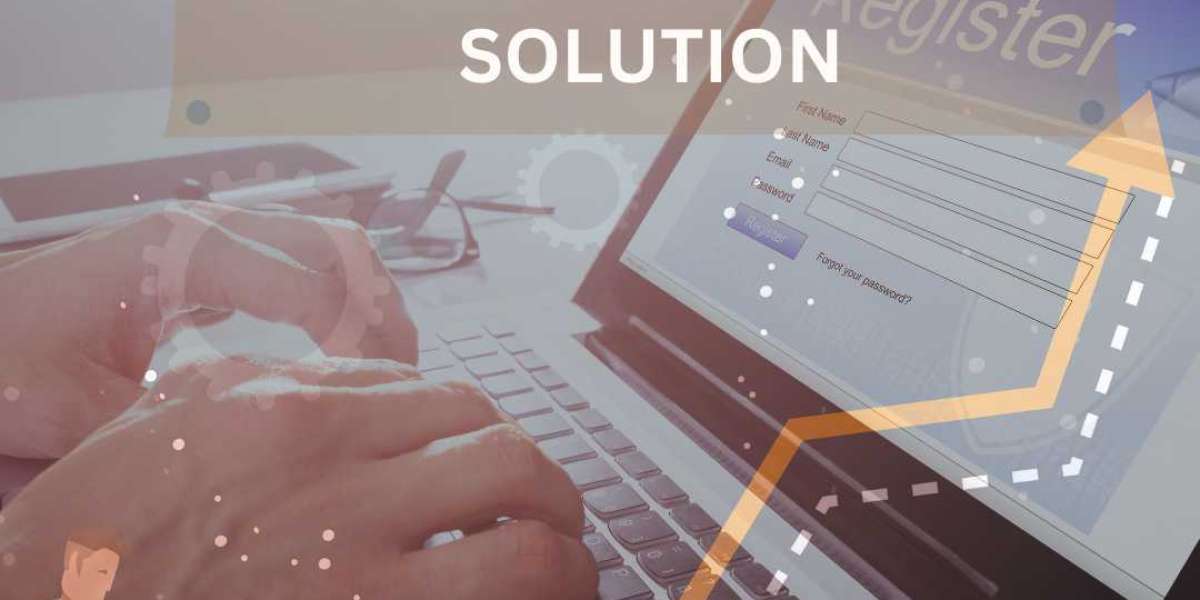Society Registration in Coimbatore: A Complete Guide with Smartcorp
Starting a society in Coimbatore involves registering the organization formally under state or central law. This blog covers essential aspects of society registration, highlights the benefits of online registration, and explains how Smartcorp consultants make the process smooth and cost-effective.
What is Society Registration?
Society Registration in Coimbatore is the legal process of establishing a group or organization with a shared goal, such as education, charity, or social welfare, within the Coimbatore region. This official status provides significant benefits, including eligibility for tax exemptions and legal recognition under the law. Society registration in Coimbatore not only legitimizes the group's activities but also enhances credibility, making it easier to obtain support from donors and other funding sources
Why Register a Society?
- Legal Recognition: Establishes the society as a legal entity.
- Tax Exemptions: Access to potential exemptions on income tax.
- Credibility: Boosts credibility for donors and funding agencies.
- Perpetual Existence: Provides continuity even if founding members change.
Eligibility Criteria for Society Registration in Coimbatore
To register a society, it requires:
- A minimum of seven members.
- A name for the society, which must comply with guidelines.
- Proper documentation, including identity proofs and objectives.
Benefits of Online Society Registration with Smartcorp
- Convenience: Register from anywhere in Coimbatore.
- Cost-Efficiency: Smartcorp offers the lowest rates with no hidden charges.
- Expert Assistance: Guidance from experienced consultants.
- Timely Updates: Receive updates on application status.
- Transparent Process: Clear information about each step and requirement.
Steps for Society Registration in Coimbatore
- Prepare Required Documents
Essential documents include: - Society name approval
- Society’s objectives and purpose
- Identity proofs of members
- Address proof for the society's office
- Submit the Application
- Apply through Smartcorp’s online platform.
- Fill in required details, upload documents, and ensure compliance with state regulations.
- Approval and Verification
The registrar verifies the application and documents. If approved, the society is granted a certificate of registration.
Why Choose Smartcorp for Society Registration?
- Transparent Pricing: Affordable fees with no hidden charges.
- 24/7 Customer Support: Dedicated support team available anytime.
- Experienced Consultants: Specialists in Coimbatore who understand local requirements.
Get Started with Your Society Registration in Coimbatore
By choosing Smartcorp, you can achieve society registration quickly and affordably. Take advantage of our expertise and start your journey today with no hidden costs. Get your offer now!














